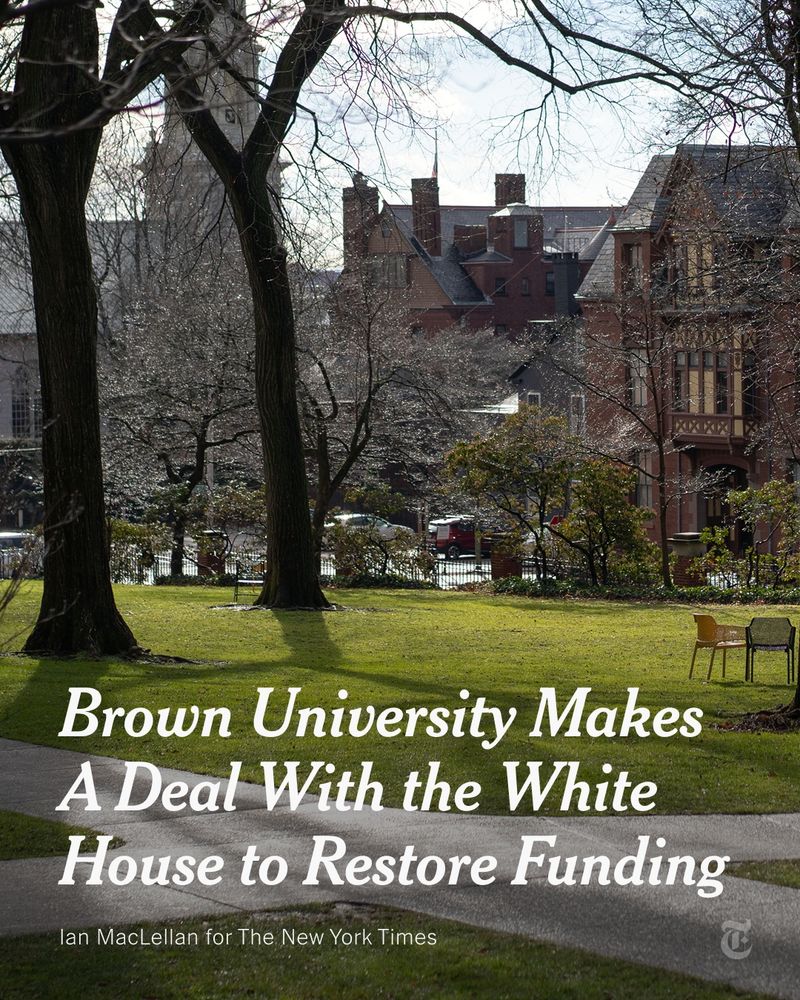Arun Das
@arun-das.bsky.social
65 followers
80 following
32 posts
Postdoc at @genomescience.bsky.social. Scientist working in computer science and genomics. arundas.org
PhD from Schatz Lab @ JHU. Previously: CS @ Brown '18. He/His/Him. #YNWA 🍉
Posts
Media
Videos
Starter Packs
Pinned
Arun Das
@arun-das.bsky.social
· May 15
Reposted by Arun Das
Arun Das
@arun-das.bsky.social
· Jul 30
Arun Das
@arun-das.bsky.social
· Jul 30
Arun Das
@arun-das.bsky.social
· May 16
Reposted by Arun Das
Arjun Biddanda
@aabiddanda.github.io
· May 15
Reposted by Arun Das
Rajiv McCoy
@rajivmccoy.bsky.social
· May 15
Arun Das
@arun-das.bsky.social
· May 15

GitHub - arun96/SouthAsianGenomeDiversity: Repository containing all links and materials relevant to our work on investigating the diversity in and the representation of South Asians in genomic datase...
Repository containing all links and materials relevant to our work on investigating the diversity in and the representation of South Asians in genomic datasets. - GitHub - arun96/SouthAsianGenomeD...
github.com



















